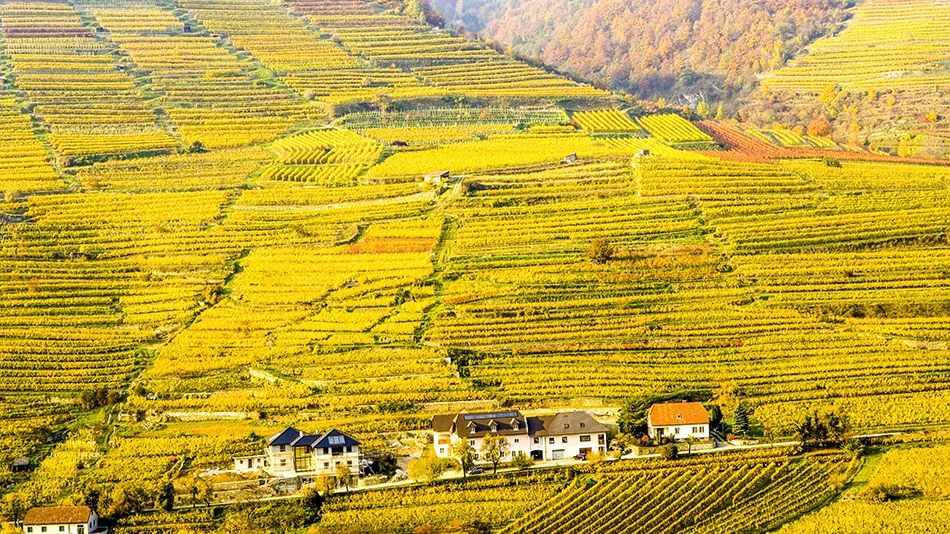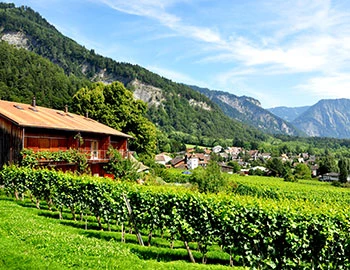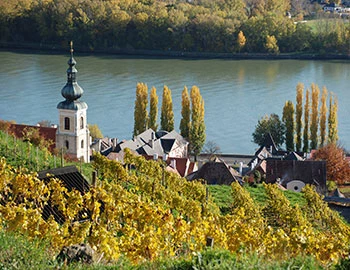Kamptal
Kamptal: a dynamic atmosphere north of the Danube
With an ever-growing number of leading vintners, Kamptal has increasingly stood out in recent years from the shadow of the legendary Wachau region. The basis for this are the various terroirs in this broad-ranging valley. At Loisium, the region is also host to a spectacular, futuristic visitor center.
White wines from Kamptal
Rosé wines from Kamptal
Red wines from Kamptal
Sweet wines from Kamptal
At 3,000 hectares, the Kamptal region has almost three times the cultivation area of the Wachau. While wines from the Wachau have been known since the middle ages, crus from Kamptal have only become more visible to wine enthusiasts only in recent decades. With a share of 50 percent of the cultivation area, Grüne Veltliner is clearly the main variety, yielding radiant wines with an animating balance between fruity freshness and peppery spice.
Top location: Heiligenstein
The Rieslings from Heiligenstein in particular, from the wine village of Zöbing, already hold a mythical reputation among connoisseurs. The unique terroir here is characterized by desert sand that became rock around 280 million years ago due to volcanic activity. This weathered desert sandstone results in very finely spiced Rieslings with unique mineral character.
The Kamptal region has had a designation of origin for Grüner Veltliner and Riesling since 2009. The Kamptal DAC brings delicately dry wines to the market; DAC (Districtus Austriae Controllatus) Reserve signifies crus from the best locations.
Warm days, cool nights
The Kamp, which gives the wine region its name, flows 150 kilometers from north to south, until it joins the Danube near the town of Krems. In the valley, airflows from the Pannonian Basin during the day provide for a warm climate. Fresh breezes from the Waldviertel to the northwest cause significant cooling at night. Striking temperature differences between night and day, a moderate annual mean temperature of nine degrees Celsius, and annual precipitation of 550 millimeters per year per square metre are all ideal for cultivating superior white wines.
Soil conditions are markedly diverse. In addition to the weathered desert sandstone of Heiligenberg, there are also locations where gneiss, sandstone, loess or gravel predominate.














